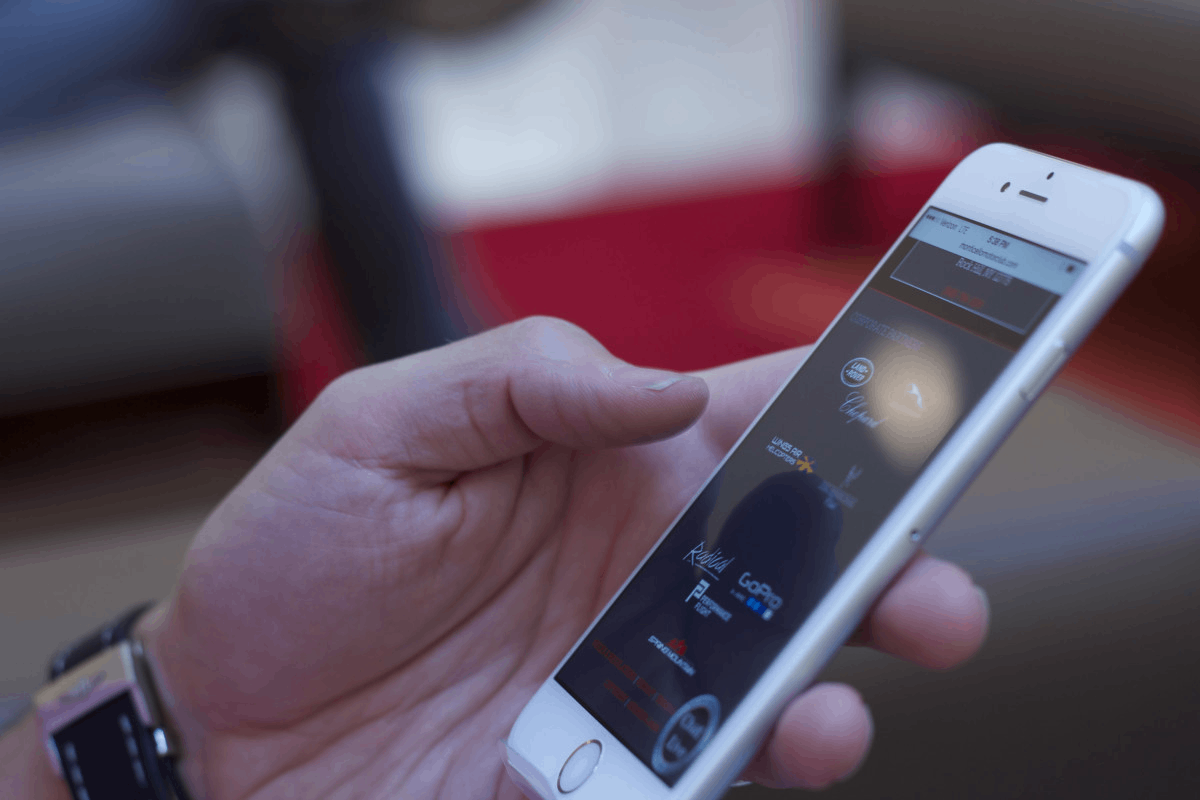Hot Standby Router Protocol
Hot Standby Router Protocol (HSRP) is a Cisco proprietary first-hop redundancy protocol (FHRP) for establishing a fault-tolerant default gateway for IP hosts on Ethernet networks. When you use HSRP, you configure the HSRP virtual IP address and virtual MAC address. The HSRP virtual IP address is used as the host’s default router (instead of the IP address of the actual router). The virtual IP address is an IPv4 or IPv6 address that is shared among a group of routers that run HSRP. You configure the same virtual IP address on each HSRP-enabled interface in the group. You also configure a unique IP address and MAC address on each interface that acts as the real address. HSRP selects one of these interfaces to be the active router, which receives and routes packets destined for the virtual MAC address of the group. When the designated active router fails, a selected standby router assumes control of the virtual MAC and IP addresses of the HSRP group. HSRP also selects a new standby router at that time.
Because hosts are configured with their default router as the HSRP virtual IP address, hosts must communicate with the MAC address associated with the HSRP virtual IP address. This MAC address is a virtual MAC address, 0000.0C07.ACxy, where xy is the HSRP group number in hexadecimal based on the respective interface. For example, HSRP group 1 uses the HSRP virtual MAC address 0000.0C07.AC01. Hosts on the adjoining LAN segment use the normal Address Resolution Protocol (ARP) process to resolve the associated MAC addresses.
Interfaces that run HSRP send and receive multicast User Datagram Protocol–based hello messages to detect a failure and to designate active and standby routers. When the active router fails to send a hello message within a configurable period of time, the standby router with the highest priority becomes the active router. The transition of packet-forwarding functions between the active and standby routers is completely transparent to all hosts on the network.
HSRP hello packets are sent to the destination IP multicast address 224.0.0.2 (reserved multicast address used to communicate to all routers) on User Datagram Protocol (UDP) port 1985. The active router sources hello packets from its configured IP address and the HSRP virtual MAC address, while the standby router sources hellos from its configured IP address and the interface MAC address, which might be the burned-in address (BIA). The BIA is the last 6 bytes of the MAC address assigned by the manufacturer of the network interface card (NIC).
A priority mechanism is used to determine which HSRP-configured interface becomes the default active router. To configure an interface as the active router, you assign it with a priority that is higher than the priority of all the other HSRP-configured interfaces in the group. The default priority is 100, so if you configure just one interface with a higher priority, that interface becomes the default active router.






